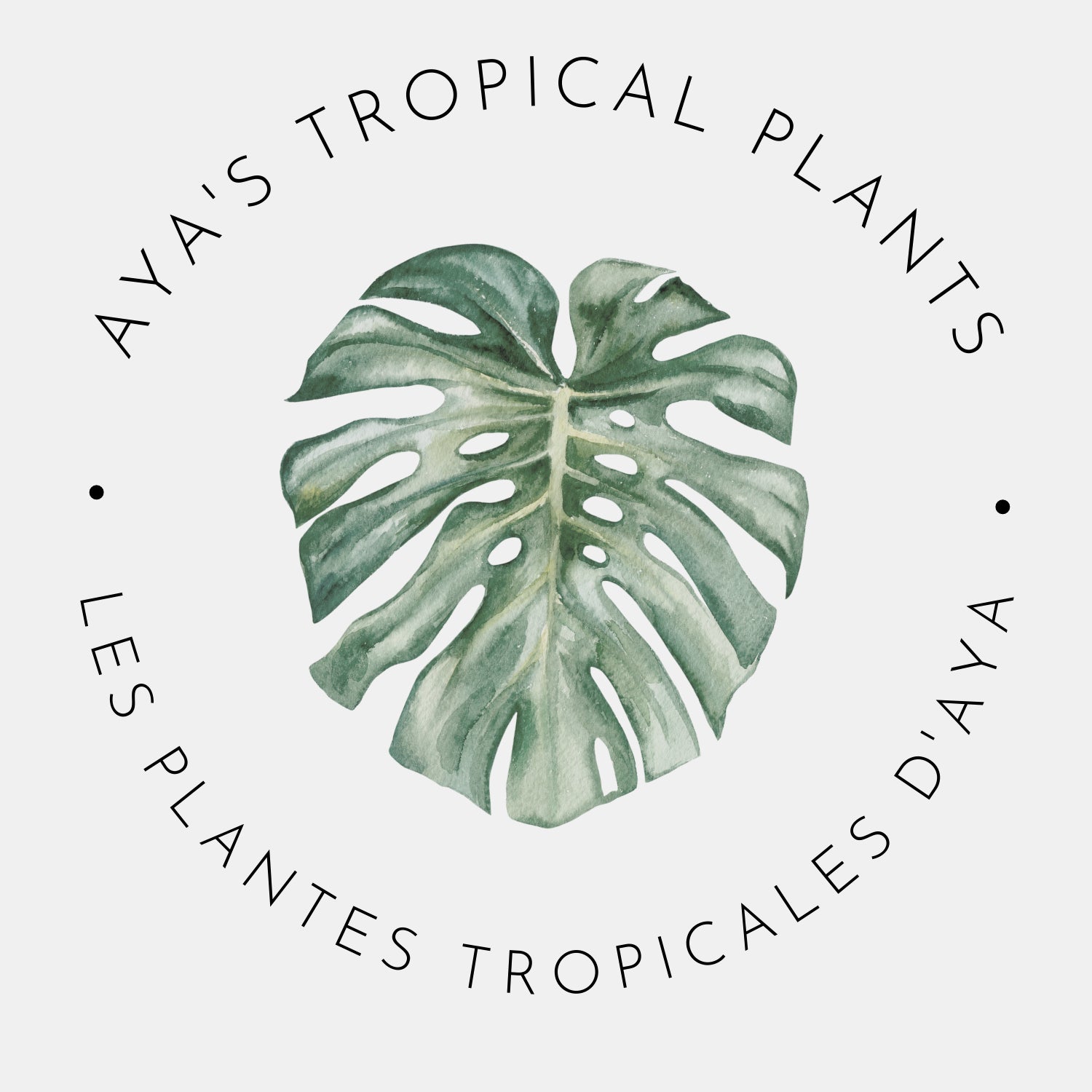As a bright and dynamic cultivar of Scindapsus pictus, 'Green Veins' brings a fresh and rejuvenating energy to any indoor space.
With its dark green veins and silver specks of variegation, this Silver/Platinum variant is truly a sight to behold.
The intricate veining pattern, which may appear faint at first, becomes more pronounced and defined with age, adding depth and character to the plant.
Its vibrant foliage and striking color pattern make it a popular choice for adding a pop of color and visual interest to any garden or interior space.
The naming of a plant cultivar can often be a symbolic gesture, paying tribute to a person of great significance in the life of the individual who discovered or cultivated it. In the case of the plant named in honor of Erlinda T. Foronda, it is a fitting tribute to a woman who embodied dedication, passion, and grace.
Erlinda T. Foronda was not only a devoted teacher but also a serious plant hobbyist, finding joy and solace in caring for her plants. Her love for plants stemmed from a deep appreciation for nature's beauty and the tranquility it brought into her life. As a mother, she exemplified unconditional love, selflessness, and strength, leaving a lasting impact on her loved ones.
The plant bearing her name, with its dominant silver gray color and beautifully large leaves, reflects the beauty and wisdom that Erlinda possessed. Just as she proudly wore her natural gray hair as a symbol of wisdom and grace, the plant stands as a testament to her enduring legacy.



